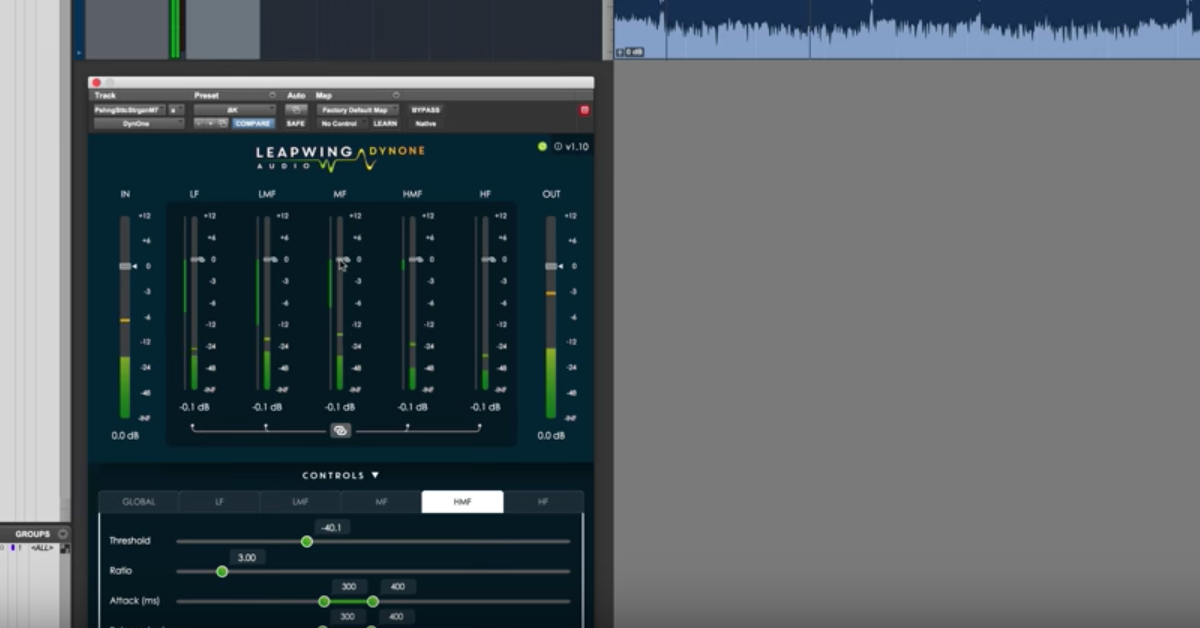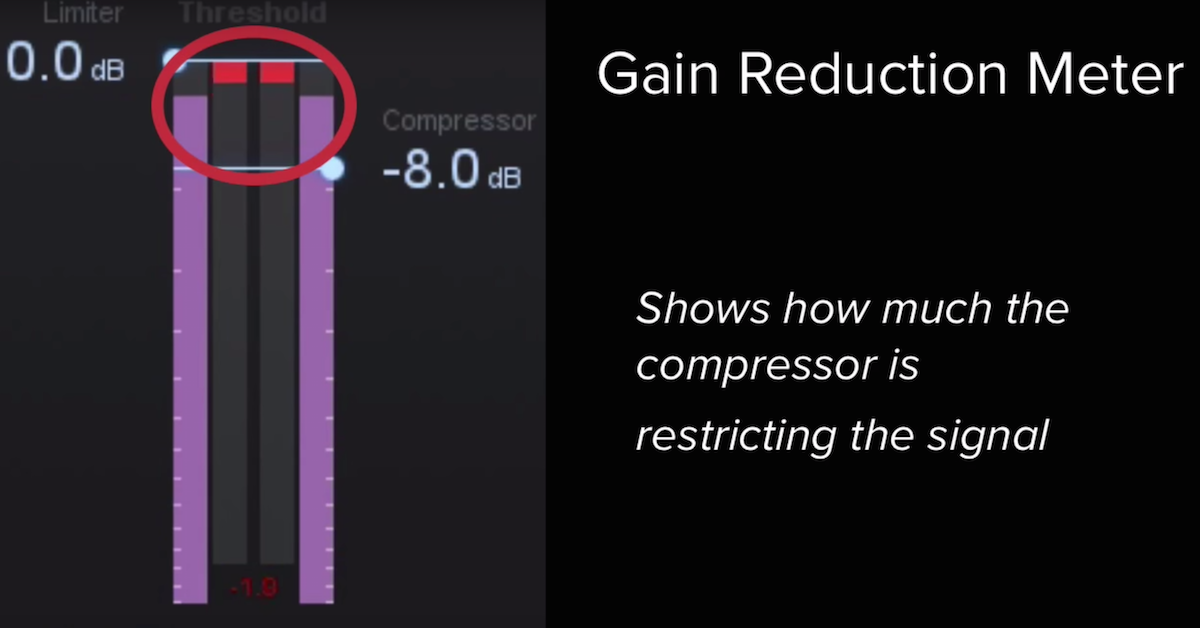The Basics of Dynamics, RMS and Peak Levels
Peak level is the instantaneous measurement of level. It’s important because it lets us know the highest level of the audio and how close it is to the ceiling, or the maximum allowable level before distortion.
Average level is a measurement of the average energy that occurs over a window of time. We typically use a window of about 300 milliseconds, or one-third of a second. This is connected to the way our brain evaluates the level, or loudness of a sound.
When you look at the waveform of a recording, you can usually see the peak and the average level pretty clearly. If you zoom out and look at an entire song, you can even navigate the different sections by interpreting the difference in average level between the verse, and the chorus, or the soft and the loud sections as it goes along.
When peaks are very high compared to average level, we can use compression to control this. Sometimes, we call that relationship “peak to average ratio,” or “crest factor.”
By reducing the peak to average ratio, we can raise the signal and achieve a slightly higher average level. That is why compression is associated with making things sound louder overall, but it is actually doing this by reducing or compressing the louder sounds to manage the difference between loud and soft.





